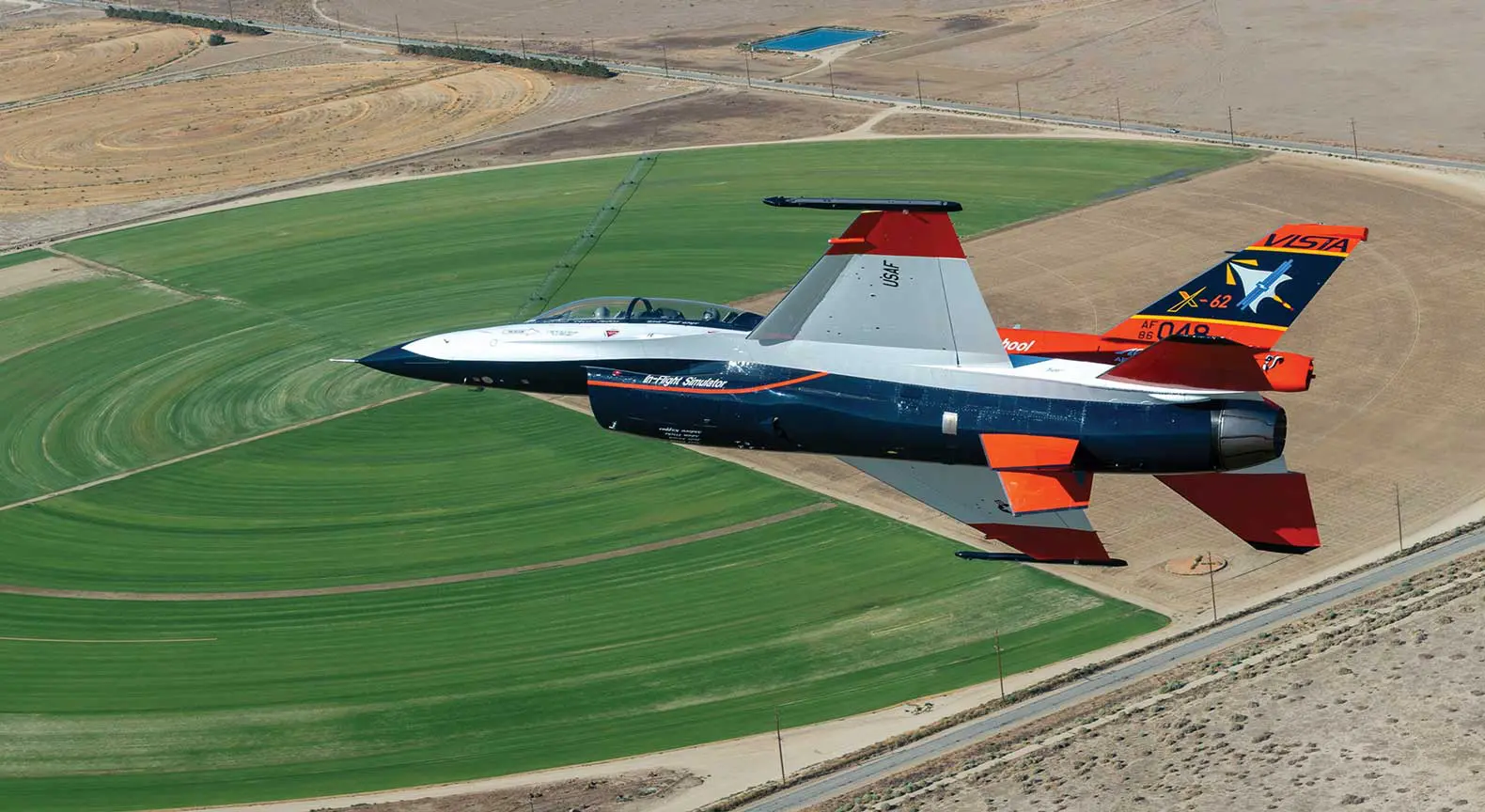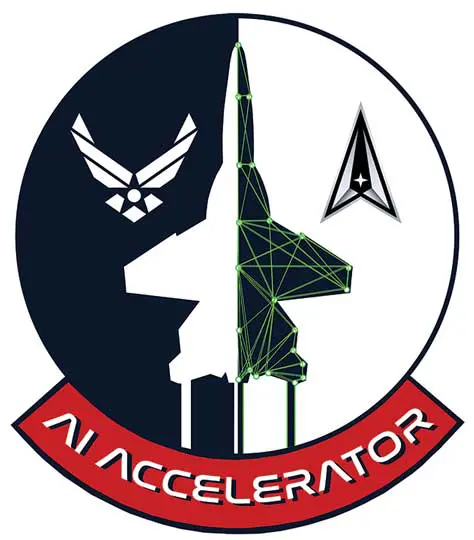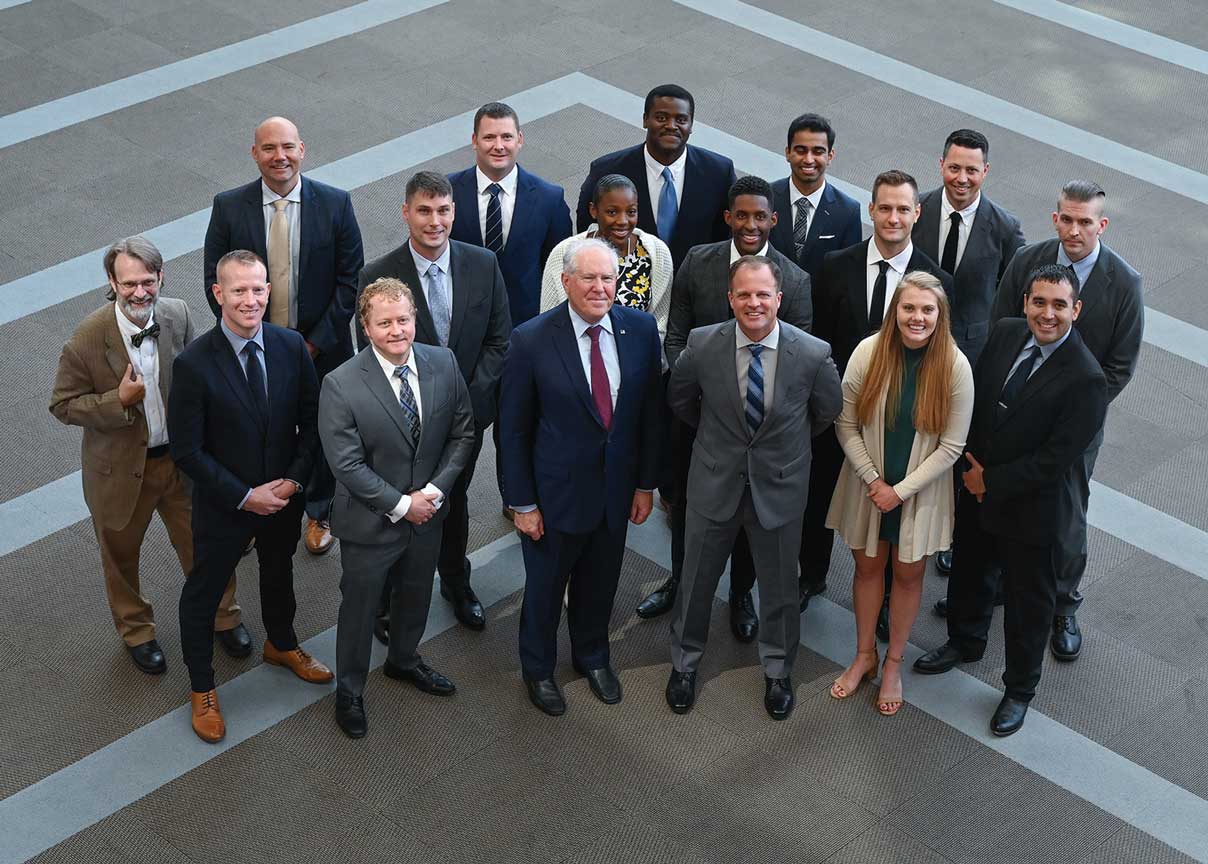AI Accelerates Unique Partnerships and Services
By MS. TIFFANY L. TOLBERT, STAFF WRITER
Executive Order (EO) 13859, “Maintaining American Leadership in Artificial Intelligence (AI),†states that it is the policy of the U.S. Government to “sustain and enhance the scientific, technological, and economic leadership position of the United States in AI research and development and deployment through a coordinated Federal Government strategy.†Signed by the President of the United States in 2019, this strategy is guided by five principles, one of which declares that “the United States must drive technological breakthroughs in AI across the Federal Government, industry, and academia in order to promote scientific discovery, economic competitiveness, and national security.â€
AI is the perceiving, synthesizing, and inferring of information by machines. The term was coined in 1956 but has become increasingly popular in recent times due to society’s use of AI applications such as web search engines, e-payment systems, social media, smart home devices, and music and movie streaming services.
The importance and prominence of AI today fueled the President’s EO, which in turn fueled a partnership between the Department of the Air Force (DAF)—the most technologically advanced and powerful air fleet in the world—and the Massachusetts Institute of Technology (MIT)—one of the world’s top learning institutions. The DAF and MIT signed a cooperative agreement to jointly create an AI accelerator. In business, an accelerator is an organization that offers mentorship, capital, and connections to investors and partners. The DAF-MIT AI Accelerator leverages the combined expertise and resources of both organizations to conduct fundamental research to facilitate rapid prototyping, scaling, and the proper application of AI algorithms and systems to advance both the DAF and the world.
In January 2020, the DAF-MIT AI Accelerator launched more than 10 multiyear projects aiming to advance AI research in a range of areas, including weather modeling and visualization and human decision-making. The research will be conducted by integrated teams of DAF and MIT faculty, staff, and students, and is scheduled to be applied to a broad range of Air Force programs—including operations, disaster response, medical preparedness, data management, maintenance and logistics, vehicle safety, and cyber resiliency.
All in all, the accelerator’s research team, which includes Airmen, established a mission to create a state-of-the-art, end-to-end, sustainable pipeline for AI technology to give the United States a competitive advantage in the defense and civilian sector. This advantage will help both the Air Force and the United States Space Force (USSF) tackle Air and Space Force challenges. Advancing human understanding and exploration in space is a long-standing pursuit of researchers and students at MIT. For the U.S. military, including the Air Force, space technologies have wide-ranging implications on national security. As global access to space increases, so does the need to protect the systems in Earth’s orbit that power much of the technology on which modern society relies (e.g., GPS and telecommunication).
MIT hosted an on-campus event in August 2021 that marked a new research engagement between the university and USSF to explore mutual interests and identify opportunities in research and education. This University Partnership Program aims “to recruit, educate, develop, and retain a competent, diverse, and inclusive workforce who possess the technical expertise to develop, field, and operate the world’s most advanced systems.†MIT is one of 11 academic institutions from around the country selected for the inaugural cohort of university participants.
In 2022, an academic program was developed at MIT to instruct U.S. Air and Space Forces personnel on understanding and utilizing AI technologies. Funded by the DAF-MIT AI Accelerator, the curriculum was constructed using existing MIT educational materials and resources. Later in the year, the program was evaluated via interviews and questionnaires completed by both program learners and staff. This information was thoroughly reviewed and used to enhance the current curriculum with additional content and technical features.





